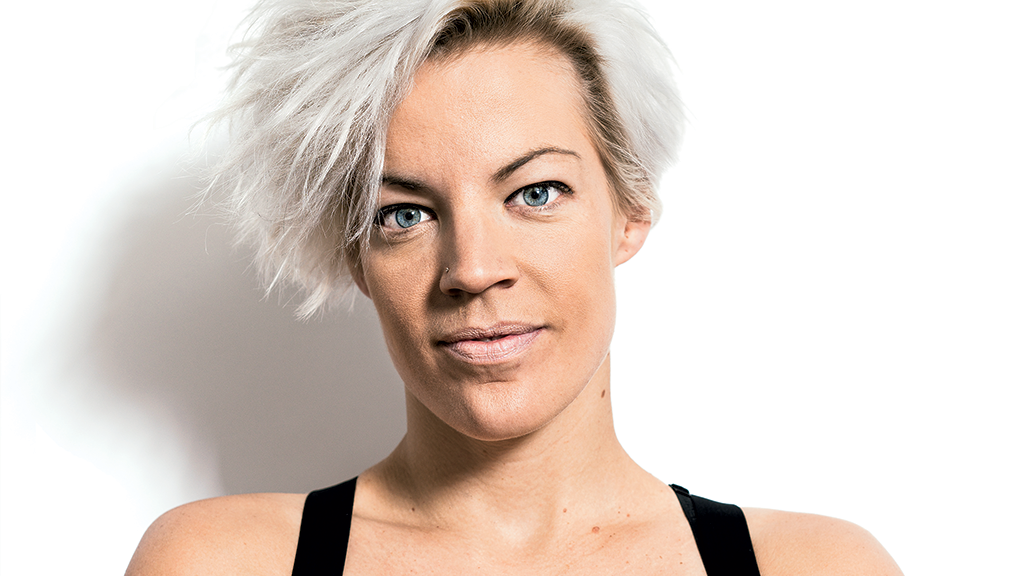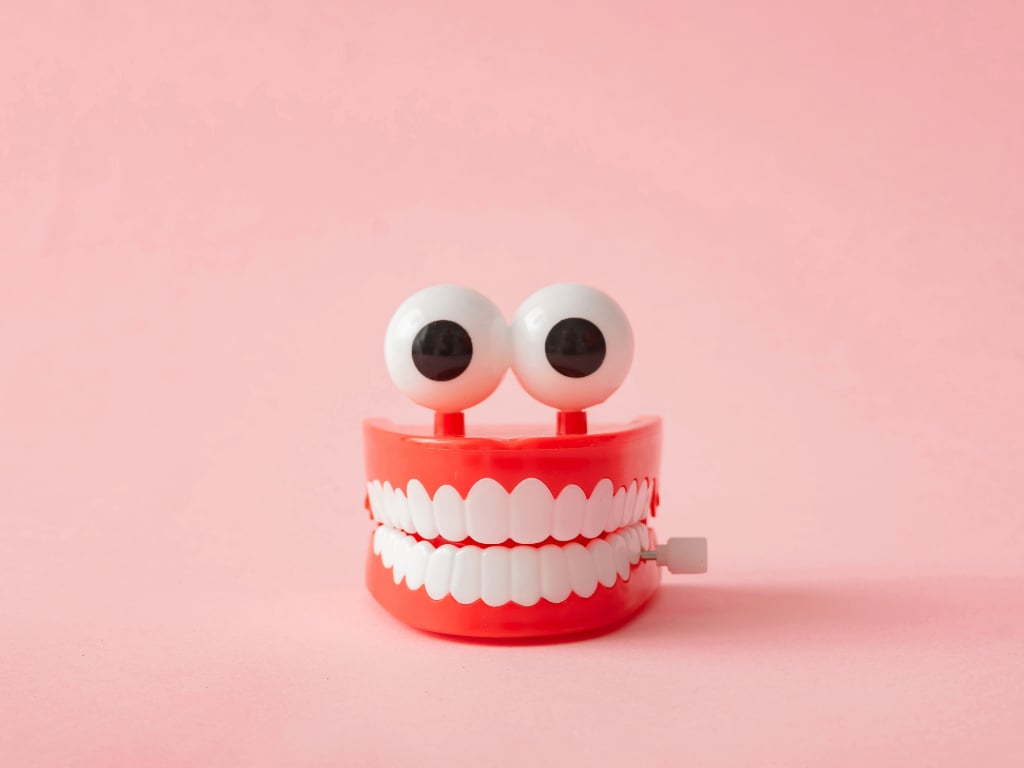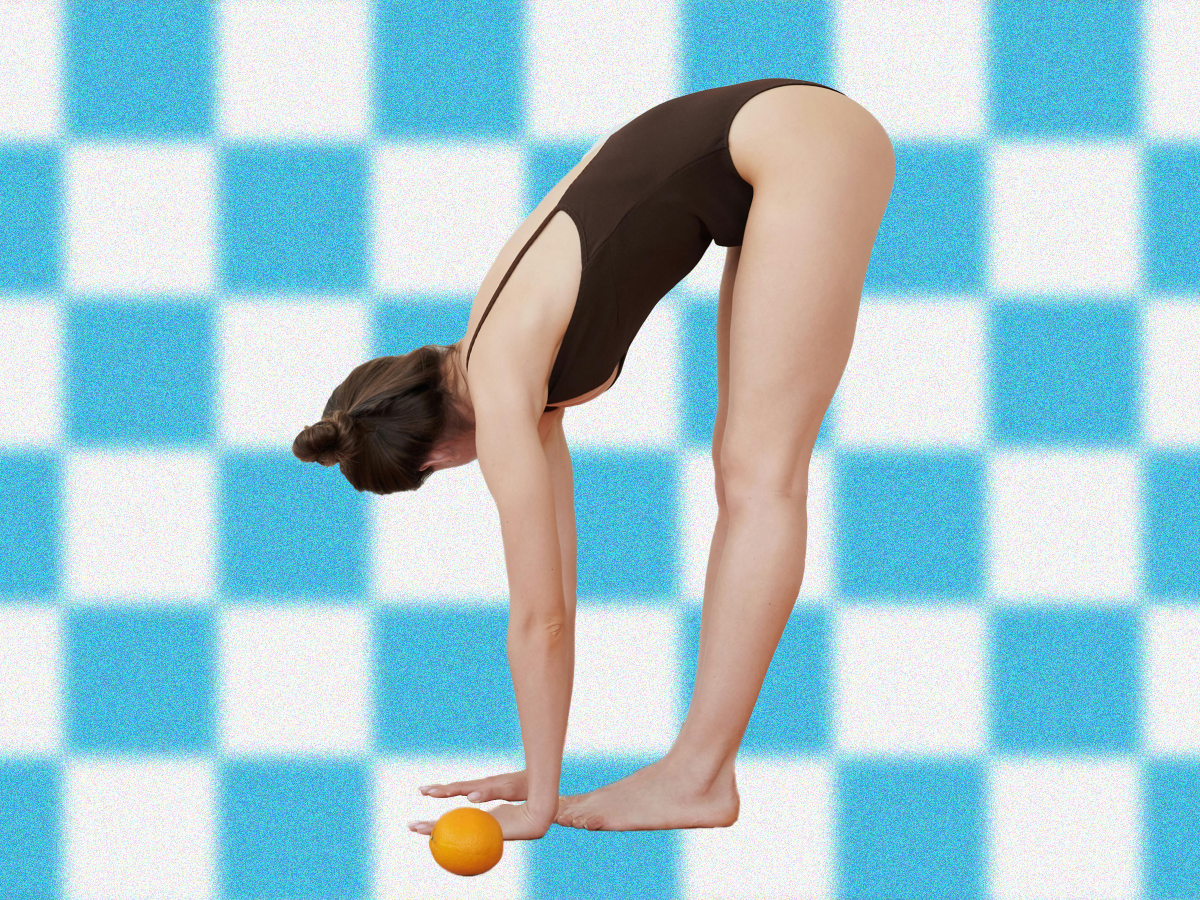The long-anticipated first Nike Women’s Half Marathon in DC finally came and went Sunday morning, and I somehow managed to snag a bib. I’ve participated in a handful of races before, including the Cherry Blossom Ten-Miler three weeks ago, but this experience was far different, as Nike meant for it to be. This was a race made for me—for women, in general. (Men were permitted to register, but few did.)
Before the big day, Nike made sure all 15,000 participants were pampered. The “expotique” set up at the Georgetown Waterfront Thursday through Saturday included a hair salon sponsored by Paul Mitchell and spots for “make-unders” provided by sponsor Bare Minerals. The specialty clothing line created for the race included only women’s items. And instead of finisher medals, participants received custom Tiffany necklaces, handed out by handsome young men in tuxedoes and running shoes.
Race day didn’t feel like a serious competition—it felt like a group of girlfriends had teamed up to do something they would have had trouble doing alone. It started with a group warmup, led by Deanna Jefferson, the same personal trainer who leads many Nike Training Club workouts at the Georgetown store. Soon after, the 13.1-mile race began, trailing through the District, over Memorial Bridge, and ultimately up Pennsylvania Avenue past the Capitol. Fans stood on the sidelines cheering the whole way, with bands and dancers manning spots every couple of miles to provide extra adrenaline kicks. Along Hains Point (miles seven through ten), Nike signs lined the streets saying things like “We Run United” and “We Run Empowered.”
Several serious competitors ran the race, including Shalane Flanagan, the 2008 Olympic 10K bronze medalist, and Joan Benoit Samuelson, who won the first-ever Olympic women’s marathon in 1984. But ultimately it was a local runner, Samia Akbar of Alexandria, who won the inaugural race in 1:19:32.
It took me somewhere in the neighborhood of twice that long to finish, and plenty of people took even longer than that, but final times couldn’t have been less of a concern. The entire idea was that runners walk away feeling accomplished and strong, and though I mostly wanted to lie on the ground when I crossed the finish line, I did feel both of those things. The entry fee was $160, and my favorite fan sign of the day said, “I can’t believe you paid for this!” But I, like many people, approach races as personal challenges rather than competitions, and this was the first time I felt the experience warranted the pricetag.



















